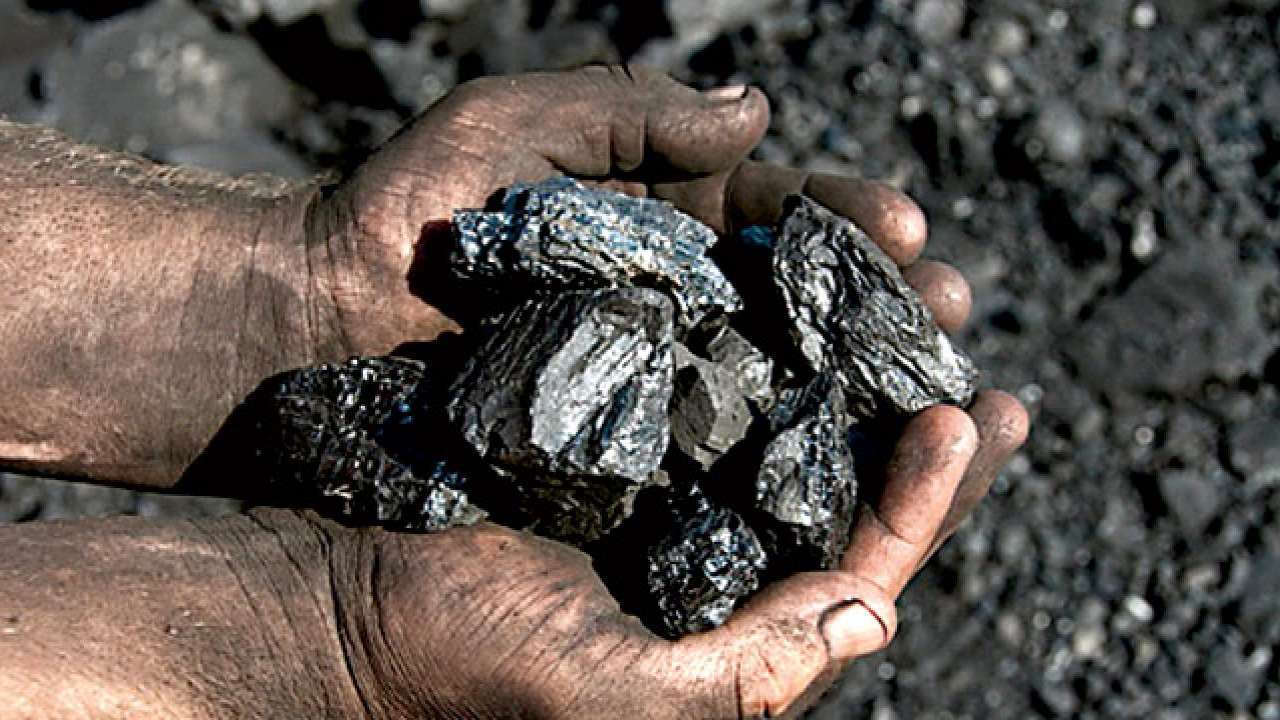WHY IN THE NEWS?
Coal fuels 70% of India’s power demand. Demand supply mismatch in coal production added fuel to India’s looming power crisis. Power cuts on account of the coal crisis have affected several states such as Gujarat, Rajasthan, Tamil Nadu, Delhi, Jharkhand, Andhra Pradesh, etc. The ever increasing demand for electricity is not met through increased production. Even some states declared a power holiday for Industries.
COAL SECTOR IN INDIA
- India has the world’s fourth-largest coal reserves which are around 319 Billion tonnes.
- Out of it, nearly 1 billion tonnes are extracted during a year
- India imports about 20% of its thermal coal requirements
Year | Production | Import |
2019 -2020 | 602 MT | 248 MT |
2020- 2021 | 596 MT | 215 MT |
2021- 2022 ( estimation) | 777 MT | 208 MT |

REASONS FOR COAL SHORTAGE
External issues
- Surge in demandfor electricity
- Revival of the economyon account of the declining second wave of Covid – 19 pandemic.
- Shortage of Coal due to limited production.
- Shipping delays
- High exports and imports in the economy led to container shortages.
- Price fluctuations
- Inability of DISCOMs to recover fluctuating import cost.
- Russia-Ukraine War
- Coal prices rose exponentially
- Disrupted Global Supply chain
Internal issues
- Erratic Monsoon
- Flooded mines hindering coal production.
- Revival of economy
- Led to the demand for more electricity.
- Heatwave Conditions
- Purchase of air conditioners,coolers, fans,etc. increased electricity demand.
Structural issues of the coal sector in India
- Nationalization of the Coal sector
- Only Coal India Ltd was allowed to extract and mine coal.
- Continued government monopoly till economic liberalization.
- Lack of private sector participation.
- Rigid Laws and Regulations
- Profit sharing model was not accommodative.
- Conflict of Interest
- Available Coal under Forest land v/s Sustainable Development.
- Investment deficit
- Lack of State of the art technologiesfor Coal extraction .
- Chronic insolvency of DISCOMs-
- Operational inefficiency due to political intervention
- Failed to pay Generators on time
- Disrupts upstream supply chain
- Long period to implementliberalizing measures on the ground.
- Under-utilisation and un-utilization of existing capacities of Power Plants.
IMPACTS OF COAL SHORTAGE
- There was a fivefold increase in coal price i.e., from 40 dollars per ton to 210 dollars per ton.
- Private players reduced Coal Imports.
- Diminished capacity utilization – Around 17,000 MW worthof energy production was halted .
MEASURES TAKEN BY THE GOVERNMENT
Immediate steps
- Redistribution of Coal according to the demand.
- Coal shifted from unutilized power utilities to operating plants.
- State governments can use 25% of captive mines to enhance power generation.
- Invoked Section 11 of Electricity Act- Government has the authority to order any generating company to operate and maintain its stations during extraordinary circumstances.
- Ordered State Power Plants to import 10% of coal to ensure buffer stock.
- Financial assistance for the production process.
Structural measures
- Mineral laws Amendment Act 2020
- To amend Mines and Minerals Development and Regulation Act 1957.
- To end the Monopoly of Government.
- To allow More Private Participation.
- Coal reforms 2020
- Allowed 100% FDI.
- All private players are allowed to mine coal irrespective of their end-use (Earlier, only captive mines were allowed).
- Liberalization
- Revenue sharing model instead of profit-sharing model.
- Incentivizing private players
- Coal gasification to be incentivized through rebate in revenue share.
WAY FORWARD
- Proper management planning – Coal India Ltd must be systematically upgraded and professionally managed.
- Dedicated Freight Corridors for better end-user delivery.
- Upgradation of technologies for sustainable Coal extraction.
- Inter-ministerial coordination – Coordination between different stakeholders such as the Ministry of Coal, Ministry of Environment, Ministry of Shipping, Coal India Ltd, and State Governments to enhance the supply of Coal.
New schemes for DISCOMs tocome out of crisis- E.g.: Revamped Distribution Sector reformed Scheme to improve operational efficiencies and financial sustainability.
“Coal not to be considered as a source of revenue, rather an input to economic growth”
-NITI Aayog-
CONCLUSION
NITI Aayog High-level committee 2019 has come up with a philosophy that needs to be implemented– “Coal not to be considered as a source of revenue, rather an input to economic growth” -for the long-term resilience of India’s power sector.



very detailed indeed, nice initiative by team at Amrita